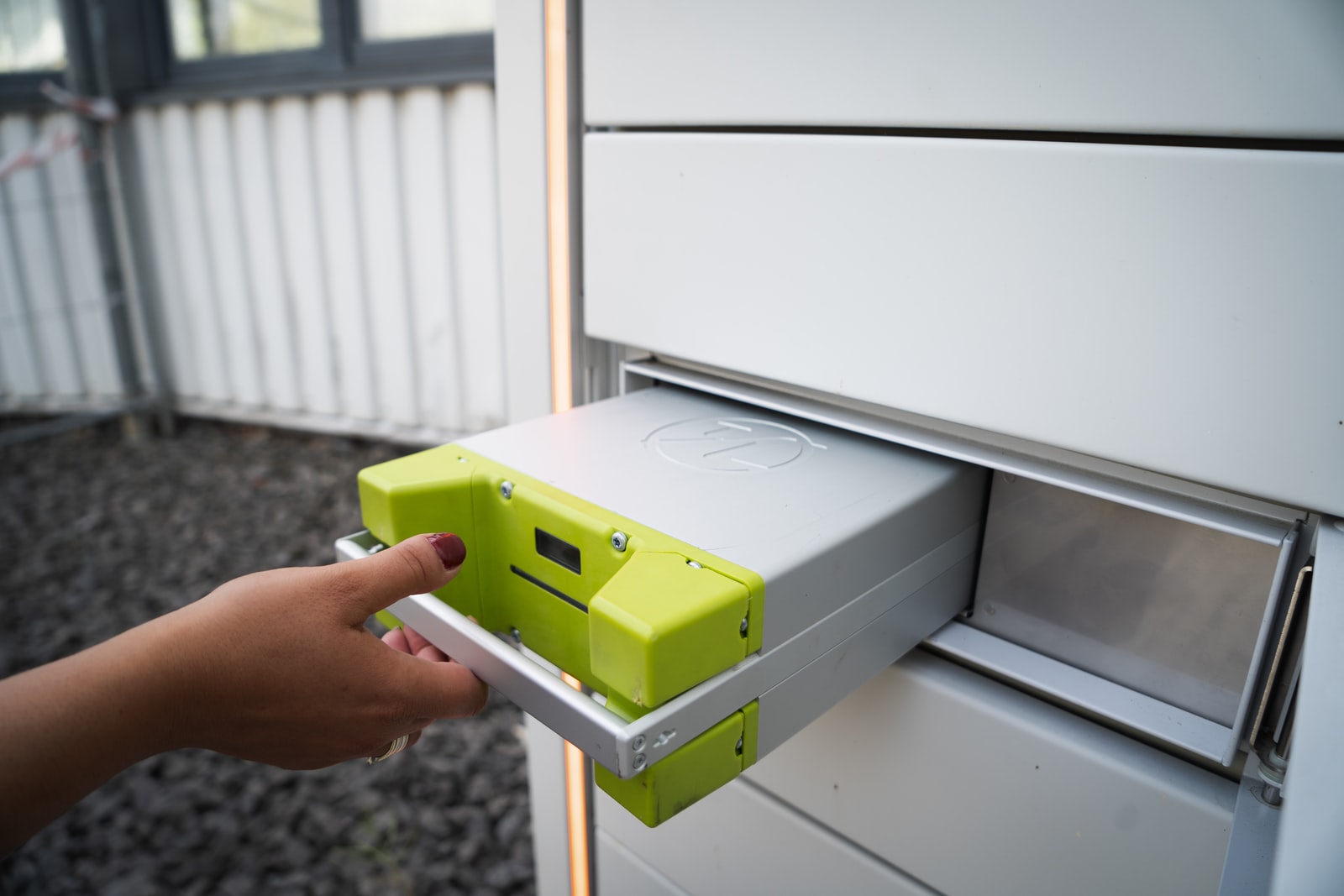Solid-state batteries are believed to be the future of energy storage. With a solid-state battery, a liquid electrolyte, which is very flammable, is replaced with a sulfide-based solid electrolyte. This promises to produce a safer battery with a broader temperature range when compared to its liquid state counterparts and offers increased energy density. Solid-state batteries should have rechargeable cells years ahead of what is currently offered.
Solid-State Batteries and Price
Understandably, the cost is a concern when discussing energy production and storage. It is anticipated that solid-state batteries will allow for less expensive battery pack designs. This is because the costly pack cooling schemes used with current lithium-ion batteries will not be needed. The nice thing is that solid power battery technology works with the current lithium-ion battery manufacturing processes. Since there is no need to invest in a lot of new technology, the solid-state batteries of the future will be priced to be competitive with current and future standard lithium-ion batteries. Once certain hurdles to the technology are overcome, the speed to the market will be rapid.
A Step Up from Current Liquid Electrolyte Batteries
There is no doubt that liquid electrolyte-based lithium-ion batteries available today revolutionized energy storage. Electric vehicles would never have reached the broad adoption they enjoy today without them.
However, as is typically the case with first-generation technology, current ion battery technology is reaching its limits. Optimizing the existing battery technology can only provide diminishing returns when discussing safety, stability, or energy density.
The worry is that if battery technology does not continue to improve, people will lose interest in battery-powered products, primarily battery-powered automobiles. The current liquid electrolyte-based lithium-ion battery cells have serious problems that have already impacted the acceptance of electric vehicles.
First, they have a limited drive range. Second, they have a short calendar life. Third, the liquid electrolyte is highly flammable and volatile. This creates risk when exposed to harsh conditions, such as in the case of a car accident. Finally, the current battery pack technology is complicated. It is temperature sensitive and explosive. This means that expensive cooling systems need to be built to maintain these batteries and prevent risk.
A solid state lithium battery can overcome all of these roadblocks. They will drastically increase vehicle range. Since they are made with lighter and denser materials, vehicles will have more space for cargo and passengers. These batteries will be less expensive, providing customers with a greater return on investment. All of this should propel electrical car use in the future.
Batteries That Have Great Potential
While solid-state batteries have a lot of potential, they will need to show noticeable performance improvement to be on par with state-of-the-art liquid electrolyte batteries. This is the only way they will be dominant in the market.
The key performance indicators include cost, density, safety, and lifetime. They will need to show that they have a fast-charging capability.
As it sits, solid-state batteries potentially will outperform conventional lithium-ion batteries when it comes to density because they allow the use of lithium metal anodes. They are predicted to have a higher safety level because they don’t have flammable liquids. It is thought that their life will well exceed that of liquid electrolyte batteries. However, they face some technical challenges, including volume changes during discharge or charging. This will need to be overcome if these batteries are going to realize their potential.
The automotive sector is where solid-state batteries offer the most significant overall potential. Solid-state batteries that use sulfide electrolytes may find a space in the consumer sector. This could include power tools, laptops, or smartphones. Requirements for entering and the test procedures are not as stringent in these fields as those in the automotive sector.
By 2028, it is thought that the automotive sector will start to use solid oxide batteries. Because they are a little more expensive, they will likely be seen in high-end vehicles first. However, scaling should reduce costs, making it possible for this technology to find its way into passenger vehicles, trucks, stationary storage, etc.
The Batteries of Tomorrow
There is a renaissance in the world of battery research. Solid-state batteries promise to boost performance, lower costs, and provide more energy to power future technology.



